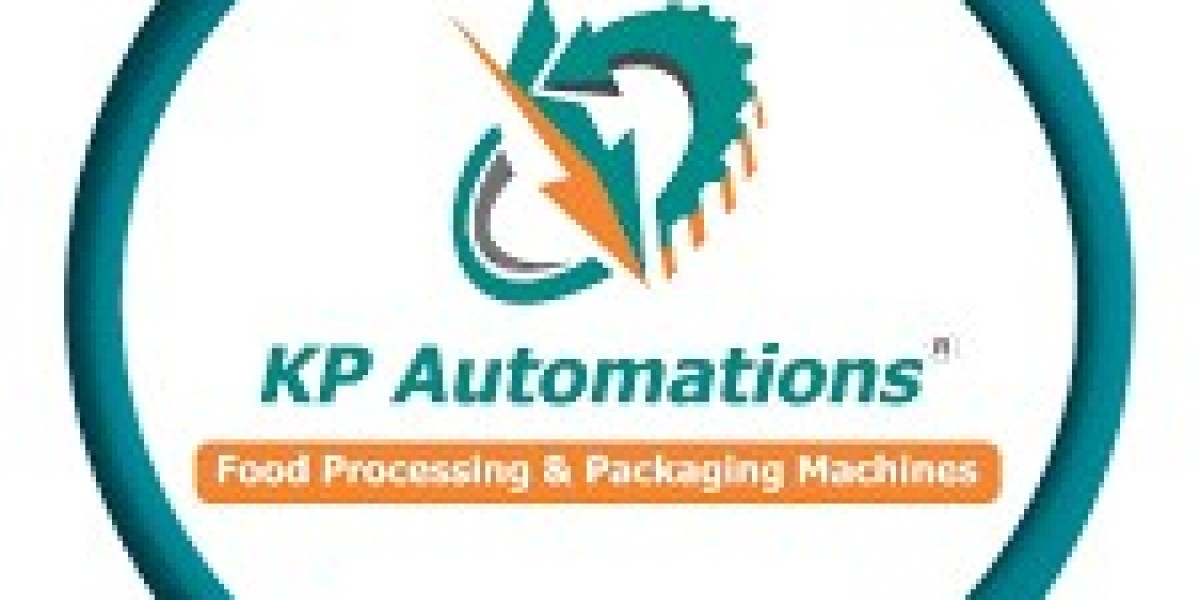In today’s industrial pasta manufacturing, efficiency, consistency, and automation are critical. As demand grows for both traditional and specialty pasta, producers must adopt advanced technologies that ensure high-quality output at scale. One such innovation is the pasta continuous dryer—a vital component in any automated pasta facility, especially within a long cut pasta production line.
Unlike traditional static drying methods, the pasta continuous dryer enables uninterrupted, consistent drying with minimal manual intervention. Whether you’re producing spaghetti, fettuccine, or linguine, the integration of a pasta belt dryer within a continuous drying system can significantly improve product quality, reduce energy usage, and streamline production.
What is a Pasta Continuous Dryer?
A pasta continuous dryer is an industrial drying system designed for the non-stop, automatic dehydration of pasta as it moves along a controlled conveyor path. Pasta passes through a sequence of temperature and humidity-controlled zones, gradually reducing its moisture content from 30-32% (freshly extruded) to below 12%—ideal for shelf-stable dry pasta.
This type of dryer operates in tandem with a full pasta production line, allowing for high-capacity, consistent output of both long and short pasta forms.
How the Pasta Continuous Dryer Works
A typical pasta continuous drying system follows these steps:
Pasta Loading
After extrusion and cutting, the fresh pasta is loaded onto conveyor belts—usually made from stainless steel mesh or food-safe polymers.Pre-Drying Zone
Gentle heat and high humidity prevent surface hardening or cracking, stabilizing the pasta for main drying.Main Drying Zones
Multiple zones use controlled temperature and airflow to gradually remove moisture. Each zone is programmable to suit different pasta types and shapes.Cooling and Stabilization
After drying, pasta is cooled gradually and stabilized to ensure even internal moisture and prevent breakage during packaging.Discharge and Conveyance
Dried pasta is transferred for inspection, quality control, and packaging.
The continuous dryer ensures a seamless flow of pasta through the production line, improving throughput while minimizing human intervention.
The Role of Pasta Belt Dryer Technology
The pasta belt dryer is the core mechanical system that moves pasta through the continuous dryer. It typically consists of:
Mesh Belts or Perforated Trays: Allow air circulation while securely transporting pasta.
Variable Speed Motors: Control dwell time based on drying requirements.
Layered Conveyors: Some dryers have multiple levels to save space while increasing capacity.
Stainless Steel Construction: Ensures hygiene, durability, and easy cleaning.
The use of a belt system allows for gentle handling of delicate pasta types, preventing deformation and breakage—especially important in long pasta production lines.
Integration with Long Cut Pasta Production Line
A long cut pasta production line requires precision and care. Products like spaghetti, tagliatelle, or linguine are delicate and need consistent drying to prevent breakage, sticking, or warping.
The pasta continuous dryer is designed to integrate directly with other components in the line, including:
Mixing and Kneading Units
Extrusion Machines
Long Cut Shaping and Hanging Systems
Stick Transport Mechanisms
Cooling Tunnels
Automatic Packing Systems
Some long-cut pasta dryers use hanging rods or sticks on moving frames rather than belts. In these systems, pasta is extruded, cut, and automatically hung on rods, which are then transferred into the continuous dryer. The drying cycle is managed in much the same way, with progressive control of temperature and humidity.
Key Features of a Pasta Continuous Dryer
✅ Multi-Zone Climate Control
Each zone has independent control of temperature, humidity, and airflow, allowing custom drying profiles for various pasta shapes and formulations.
✅ Automation-Ready Design
Modern continuous dryers are integrated with PLC and HMI systems, enabling operators to monitor, adjust, and store drying parameters.
✅ Energy Efficiency
Built-in heat recovery systems, insulated panels, and precise airflow reduce energy consumption significantly.
✅ Scalability
Systems can be scaled up or down depending on production volume—from 300 kg/h to 5,000+ kg/h.
✅ Hygienic Construction
Complies with food-grade regulations, offering easy maintenance and wash-down features.
Benefits of Using a Pasta Continuous Dryer
1. Consistent Product Quality
Continuous systems eliminate batch variations. The drying parameters remain constant, ensuring pasta retains its desired texture, color, and cooking performance.
2. Increased Throughput
Unlike batch systems, continuous dryers allow nonstop operation, making them ideal for high-volume production environments.
3. Reduced Labor Requirements
With automated controls and integration across the line, less manual handling is required—reducing labor costs and risk of contamination.
4. Improved Shelf Life
Drying pasta to the correct moisture level prevents mold, spoilage, and degradation, ensuring longer shelf life and consumer safety.
5. Customizable for Pasta Types
Whether producing long pasta or specialty shapes, drying profiles can be adjusted to meet different structural and moisture needs.
Design Considerations When Choosing a Pasta Continuous Dryer
When investing in a pasta continuous dryer, manufacturers should consider:
| Factor | Why It Matters |
|---|---|
| Production Capacity | Ensures the dryer matches upstream equipment and demand. |
| Pasta Type (Long/Short) | Long pasta may require hanging systems; short pasta works well on belts. |
| Energy Source | Electric, steam, or hot water—based on plant infrastructure and energy costs. |
| Automation Level | Integrated PLC and touchscreen control allow for recipe storage, monitoring, and alarms. |
| Drying Time | Adjustable conveyor speed to control dwell time for specific products. |
| Footprint & Space Constraints | Multi-tier belt systems save floor space. |
| Cleaning and Maintenance Access | Easy-to-clean panels, drain points, and tool-free parts reduce downtime. |
Real-World Use Cases
Industrial Pasta Factories: Companies producing large volumes of dry pasta daily rely heavily on pasta continuous dryers to keep up with demand while ensuring consistency.
Export-Oriented Producers: Quality and shelf life are critical for exported pasta. Continuous dryers help maintain export-grade quality standards.
Custom Pasta Facilities: Some pasta producers make multiple pasta types using programmable dryers to switch between drying profiles quickly.
Conclusion
The pasta continuous dryer is a cornerstone of modern pasta manufacturing. It brings efficiency, consistency, and scalability to pasta production lines, especially in high-output environments where automation and quality control are essential. With integrated pasta belt dryer technology and seamless compatibility with long cut pasta production lines, this drying solution offers unbeatable performance.








